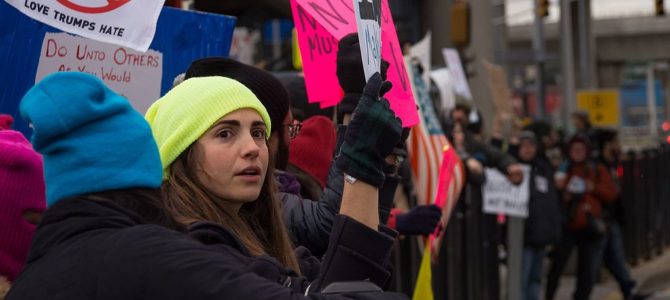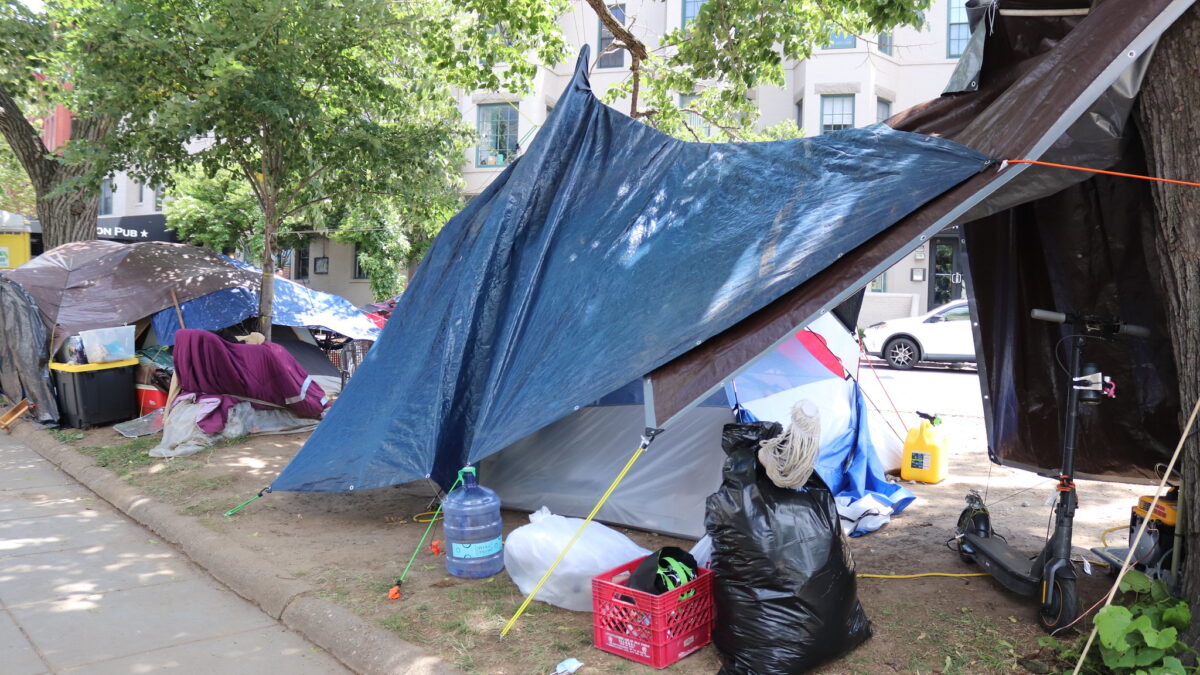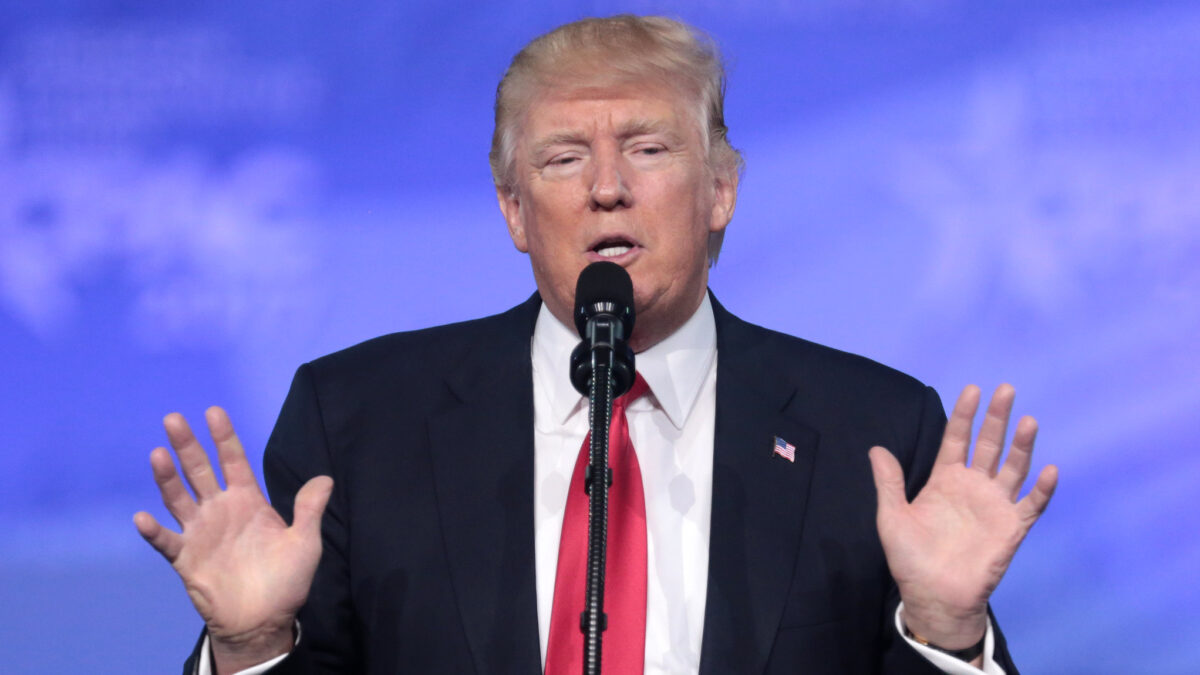The U.S. Supreme Court ruled Monday that President Trump’s second executive order, Protecting the Nation From Foreign Terrorist Entry Into the United States, issued on March 6, 2017, could go into effect, except for plaintiffs who have a “bona fide relationship” with an American citizen. With that exception, the court lifted the nationwide injunctions imposed by the Fourth and Ninth Circuit courts on the executive order. The unsigned decision was per curiam, that is, for the whole court.
The main provision of the order as well as the previously issued first executive order that has received so much public discussion and media coverage over the past six months concerns suppressing entry into this country for 90 days of foreign nationals from the countries of Iran, Libya, Somalis, Sudan, Syria, and Yemen. The executive order states the suspension is necessary to allow the government to implement “adequate standards . . . to prevent infiltration by foreign terrorists.” The order allows for case-by-case exceptions.
The Fourth Circuit’s ruling concerned only that provision, while the Ninth Circuit suspended additional sections of the order. The Ninth Circuit enjoined a provision of the order suspending the travel of refugees into the United States for 120 days and another provision capping the number of refugees allowed into the country at 50,000 for fiscal year 2017. Under immigration law, a “refugee” is someone seeking admission into the country for humanitarian reasons or under fear of persecution in his native land, and, thus, is an immigration category different from that of persons seeking general entry into the country.
For all three of those provisions of the second executive order, the Supreme Court distinguished between persons who already have a “bona fide relationship with a person or entity in the United States” and those who do not. The court lifted the lower courts’ injunctions and allowed the order’s travel ban to go into effect “against foreign nationals abroad who have no connection to the United States at all.” For persons with “close familial relationships” and for those with documented relationships with employers and schools, for instance, the injunctions against the order shall remain in effect pending final resolution of the cases.
The Fourth Circuit based its ruling on the Establishment Clause of the First Amendment and had concluded that President Trump issued the second executive order because of his “desire to exclude Muslims from the United States.” But the Ninth Circuit explicitly held that it did not need to resolve the Establishment Clause issue because Trump had exceeded his authority under immigration statutory law to make decisions about national security and had not offered “sufficient justification” for his order.
The Department of Justice has retorted to the Fourth Circuit that there is no language in the executive order referring to religion and that courts should not have considered Trump’s campaign statements about Muslim countries. To the Ninth Circuit the government argued that the circuit had engaged in, as the Supreme Court put it, “judicial second-guessing of the President’s judgement on a matter of national security.” The Supreme Court noted that no foreign national has any right to admission into this country for any reason.
Although the decision of the Supreme Court was per curiam, Justice Clarence Thomas, joined by justices Samuel Alito and Neal Gorsuch, added an opinion in which he expressed his view that the executive order should have been upheld in its entirety. The court ordered that the final merits of the case shall be argued before it as the first case when the court convenes its new term in October.
Overall, in ruling that only those potential immigrants already personally connected to an American citizen or entity are temporarily exempt from the authority of the executive order until the final resolution of the case, the Supreme Court has substantially upheld a significant part of the executive power by which the order was issued.









